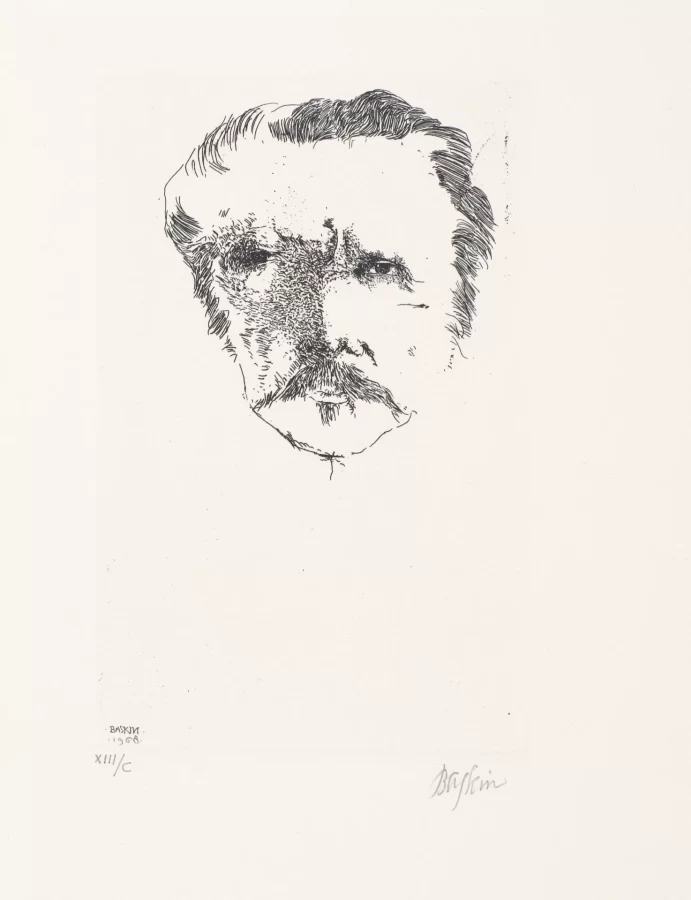Eugène Carrière (French, 1849-1906)
Trained as a commercial lithographer, Carrière resolved to become a professional artist when he saw the paintings of Peter Paul Rubens in the Louvre. His resulting studies were interrupted by the Franco-Prussian war, during which he was taken prisoner. He had little success until the Salon of 1884 when one of his paintings received an honorable mention and gained the attention of art critic Roger Marx. With his entrance into the Parisian art world secured, Carrière became a member of various art societies and an influential teacher at the Académie de La Palette. His work is considered part of the Symbolism movement that flourished in France and Belgium at the end of the nineteenth century, fin-de-siècle, with one critic describing the ethereal, misty quality of his work as “reality having the magic of dreams.”


